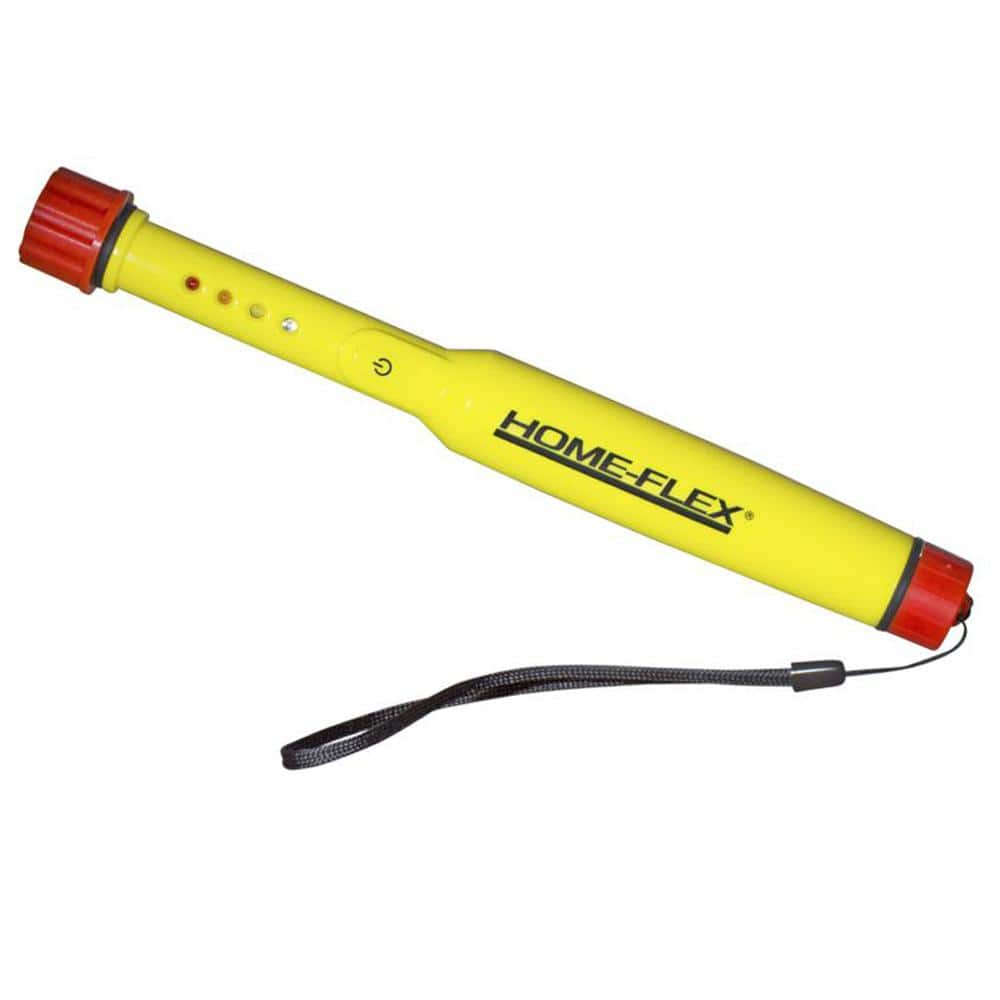dragoneggs
Super Star Member
- Joined
- Jun 9, 2013
- Messages
- 13,627
- Location
- Seabeck, Washington
- Tractor
- Kubota BX-25D, Kubota Z122RKW-42
I plumbed a propane BBQ to run off the house tank and also installed a garage furnace. Gave me reason to buy a couple tools. A manometer and also this handy gas sniffer that you can check on all your gas appliances.


HOME-FLEX Electronic Gas Leak Detector 11-810-001 - The Home Depot
The HOME-FLEX Electronic leak detector is designed to detect even small gas leaks. Built-in microprocessor easily detects natural, liquid propane, butane and methane gases. Red and yellow lights illuminate
www.homedepot.com
